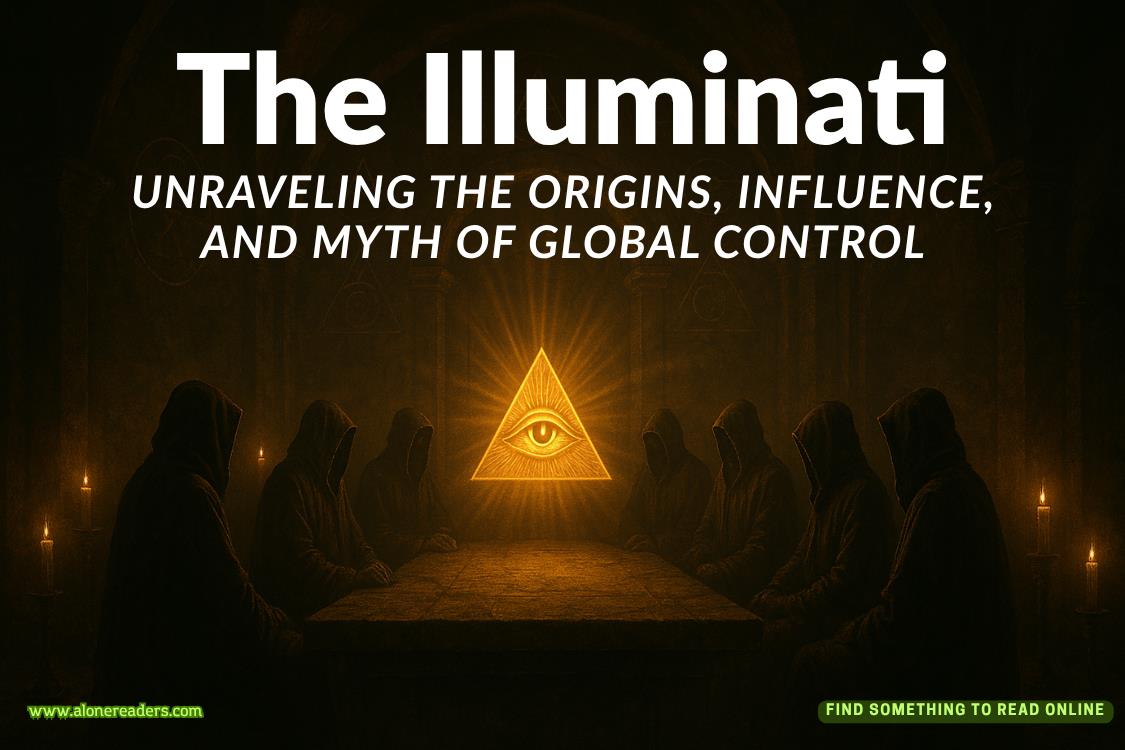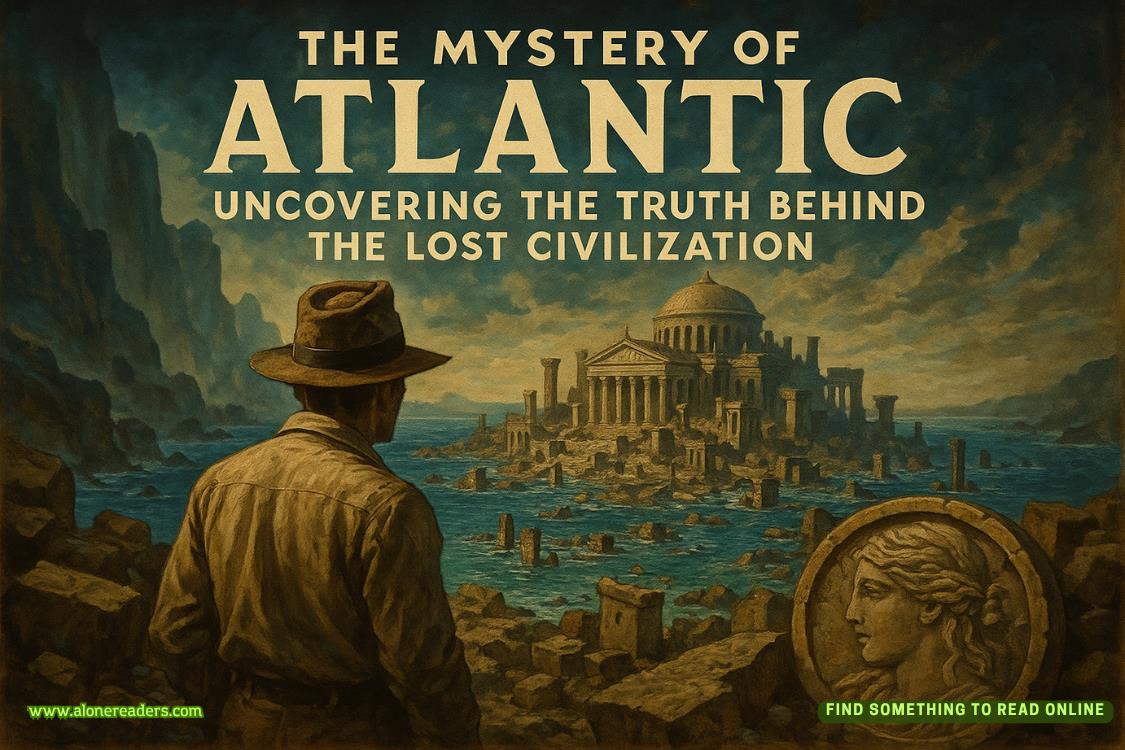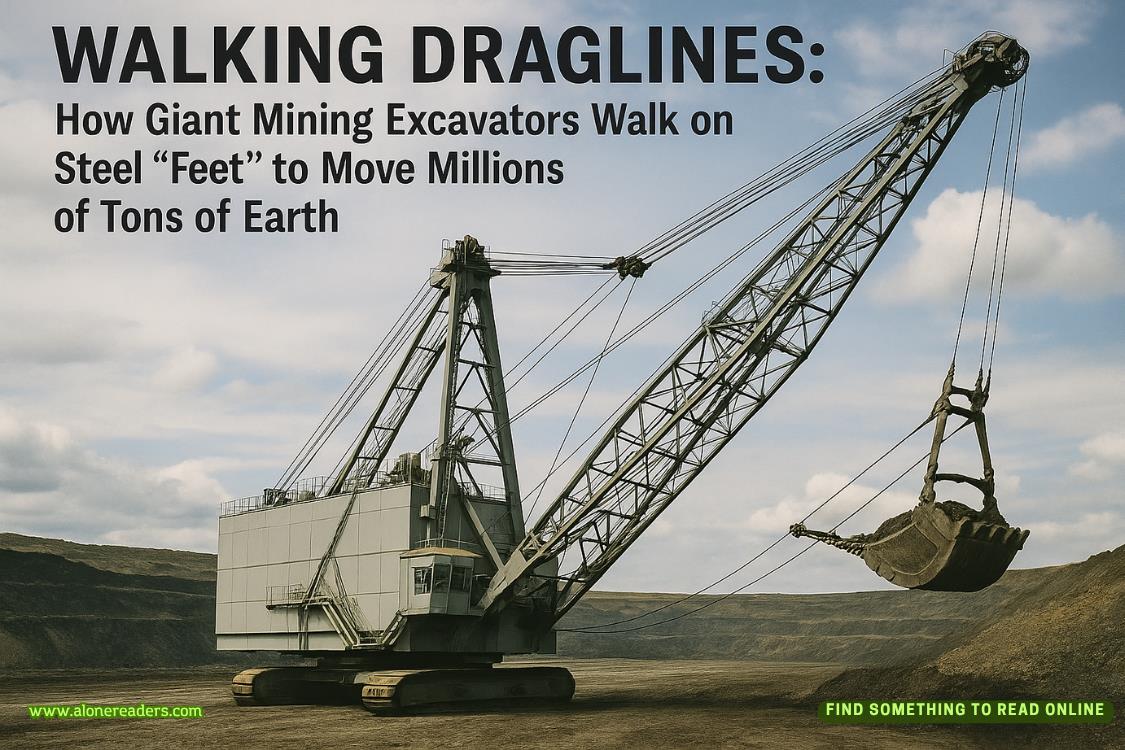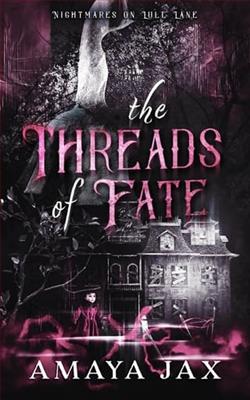Page 131 of Resurrection Walk
“Not yet, Sergeant Sanger. But let’s start with this one. On the day Deputy Roberto Sanz was murdered on the front lawn of his ex-wife’s house, were you following him?”
Sanger stared at me with her dagger eyes before answering.
“Yes, I was,” she said.
I nodded and jotted a note down on my legal pad. No matter what Maggie McFierce had done to Bosch’s credibility on the stand, the data contained irrefutable facts, and Sanger was in no position to deny them. But I still was surprised by her straightforward answer to my first question. It knocked me off my game because I was expecting to have to ask several questions before I finally got her to admit that she had followed Roberto Sanz. My legal pad was covered with follow-up questions that I no longer needed. It made me jump to an improvised set of questions I should never have asked.
“You admit that you were following Roberto Sanz on the day of his death?”
“Yes, I just did.”
“Why were you following him?”
“Because he asked me to.”
There it was. With one ill-advised and improvised question, we were off in uncharted territory, and I had no doubt that what would come out would be a concocted story that explained the incontrovertible cell data. I knew that if I didn’t bring it out and attempt to control it, Hayden Morris would do that on his re-cross. I had to handle this right now and then get back to my intended path.
“Why did Roberto Sanz ask you to follow him?” I asked.
“Because he was meeting with an FBI agent and he was worried that he was being set up,” Sanger said. “He wanted me to watch in case something went wrong and he needed me to come to the rescue.”
Sanger and the AG were doing exactly what I had been doing throughout the hearing: taking the negatives and owning them. If it looks bad that you were following the murder victim, then say the murder victim asked you to — there was nobody alive to refute it.
“He would need you to rescue him from an FBI agent?” I asked.
“Not necessarily in that moment,” Sanger said. “More like later, if someone had to vouch for his story that he had met with the FBI and turned down whatever it was the Bureau wanted.”
“He never told you what the Bureau wanted?”
“He never got the chance.”
“Then how do you know he used the meeting to turn down the FBI?”
“He told me ahead of time that that’s what he planned to do.”
It was a story that didn’t make a lot of sense on close inspection. But I knew if I waded into the bog any further, there might be all manner of hidden traps below the murk for me to stumble into. I had already done enough damage by giving Sanger the chance to explain the cell data. I improvised as best I could in the moment.
“And you never filed a report on this or told the investigators of Sanz’s murder about it?” I asked.
“No, I didn’t,” Sanger said.
“Sanz gets murdered after a clandestine meeting with an FBI agent and you didn’t think the homicide investigators would want to know that?”
“I didn’t.”
“And why is that?”
“I thought it would taint Robbie Sanz’s reputation. He was dead, his ex-wife had killed him, and I didn’t think it had to be brought up.”
Once again I had opened an exit for her. I had to find my way out of this bog.
“All right, let’s move on, Sergeant Sanger,” I said. “Please describe for the court the protocol you followed when you conducted the gunshot-residue test on Lucinda Sanz on the night of her ex-husband’s murder.”
“It’s pretty simple, really,” she said. “The stubs come in a package of two and —”
“Let me interrupt you there. Can you explain what you mean by ‘stubs’?”
“They are round foam disks with a carbon adhesive that picks up the gunshot residue when wiped over a person’s hands and arms.”















